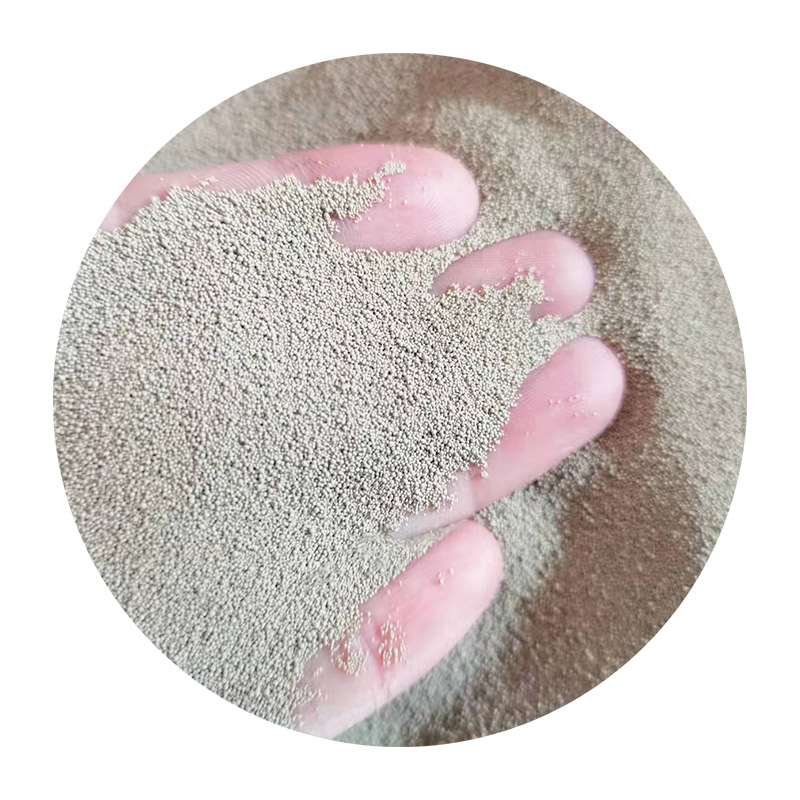Adding Sand to Resin Enhancing Aesthetic and Functional Properties
Resin has gained immense popularity in various crafting and construction applications due to its versatile nature and mechanical strength. However, when it comes to customizing resin projects, many creators explore different additives to enhance both the aesthetic appeal and functionality of the resin. One such additive that has garnered attention is sand. Incorporating sand into resin offers a unique blend of textural richness and visual depth, along with improved structural properties in specific applications.
The practice of adding sand to resin is particularly common in artistic endeavors, such as creating beach-themed artwork or crafting functional objects that mimic the essence of coastal environments. By combining fine sand with resin, artists are able to evoke the soothing and natural beauty of sandy shores. The textured surface that results from this mixture not only adds an appealing visual dimension but also offers tactile sensations that engage viewers and users on multiple levels.
One of the primary reasons for adding sand to resin is to create a visually striking contrast within various projects. The granules of sand can be dyed or left in their natural color, allowing creators to play with different shades and effects. For instance, adding white sand can result in a milky, translucent quality, while darker sands can create a dramatic, earthy feel. This versatility allows artists and crafters to tailor their projects to specific themes, color schemes, or emotional responses they wish to evoke.
Beyond aesthetics, integrating sand into resin can also improve the durability and functionality of the final product. The sand particles can reinforce the resin's structure, making the composite material more resilient to wear and tear. This makes sand-resin mixtures suitable for applications such as tabletops, coasters, and other decorative home items that are prone to handling and environmental exposure.
adding sand to resin

When working with sand and resin, it is crucial to consider the sand's grain size and type. Fine sand can create a smooth, even finish, while coarse sand can produce a more rugged surface that may be desirable for specific artistic effects. Additionally, some artisans prefer to use colored sand or even quartz for a more refined appearance. The selected sand type will ultimately influence not only the visual and textural properties but also the weight and overall feel of the finished piece.
Mixing sand into resin typically requires a careful balance to ensure proper adhesion and avoid compromising the resin’s curing process. Excessive sand can lead to uneven curing, while too little may not achieve the desired effect. Therefore, experimentation with various ratios is recommended, along with thorough mixing to ensure an even distribution of materials.
Finally, safety should always be a priority when working with resin and sand. Protective gear, such as masks and gloves, should be used to prevent inhalation of particles and skin irritation. Additionally, proper ventilation in the workspace is essential to mitigate exposure to fumes from the resin.
In conclusion, adding sand to resin opens up a myriad of creative possibilities while enhancing the durability of various projects. Whether for artistic expression or functional craftsmanship, the combination of sand and resin provides a unique opportunity to explore new textures, aesthetics, and structural enrichments, pushing the boundaries of what can be achieved in the realm of resin applications.
Post time:ನವೆಂ . 25, 2024 14:23
Next:sand casting procedure
